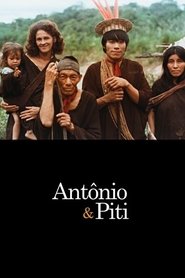
2020
playlist_add 
2019
playlist_add 
2019
playlist_add 
2019 star_border 10
playlist_add 
2015
playlist_add 
2014
playlist_add 
2012
playlist_add 
2011 star_border 6.2
playlist_add 
2011
playlist_add 
2010 star_border 5.8
playlist_add 
2010
playlist_add 
2009
playlist_add 
2008
playlist_add 
2008 star_border 10
playlist_add 
2006
playlist_add 
2004
playlist_add 
2001 star_border 3.5
playlist_add 
2001
playlist_add 
1999
playlist_add 
1995
playlist_add